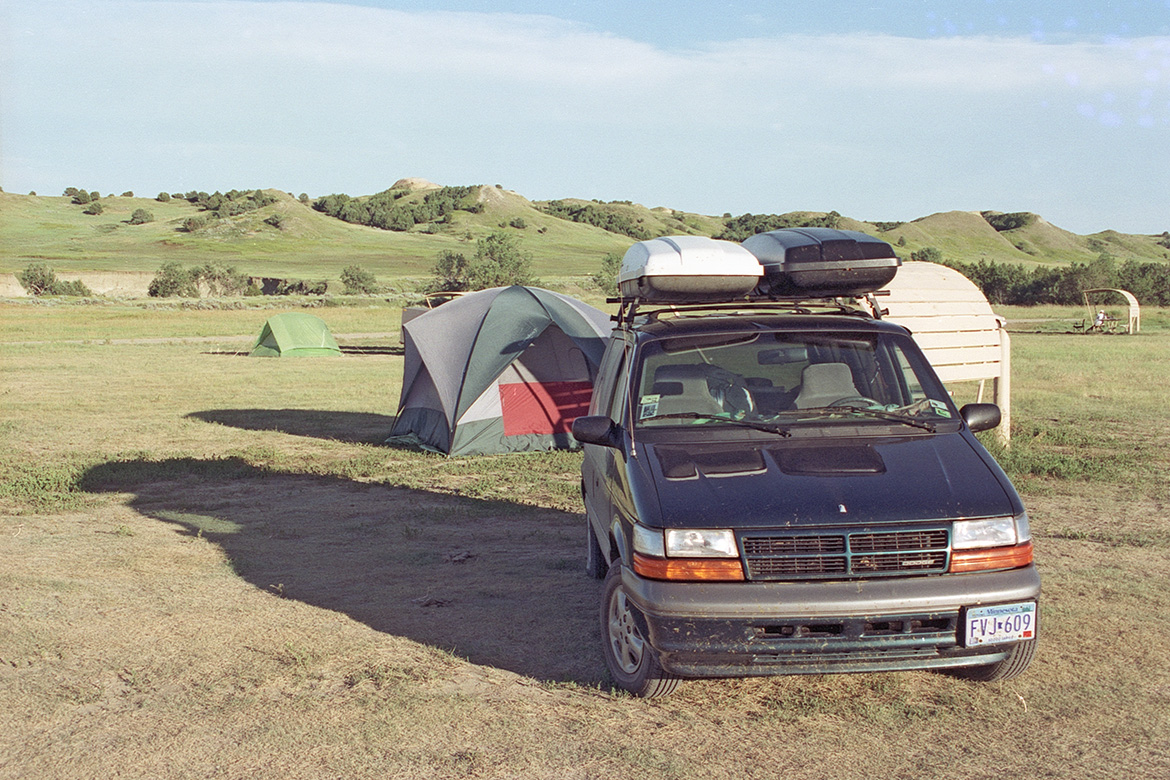
It wasn’t long before the clear nights of photographic activity and subsequent days of driving took their toll. I camped in the remote Sage Creek area of Badlands National Park, where the campground was an oasis in the middle of those badlands, an oasis with no water and no open fires allowed.
The sky was dark and clear, but I was exhausted. I made a feeble attempt to ready my equipment for what promised to be a beautiful evening but decided to nap instead. As I “rested my eyes”, I could hear a neighboring camper who, with more energy and an eager audience, had set up a telescope and was conducting a tour of the night sky. Someday I will return to this unusual and remote site; maybe then that night sky guide will be me…
Continue reading